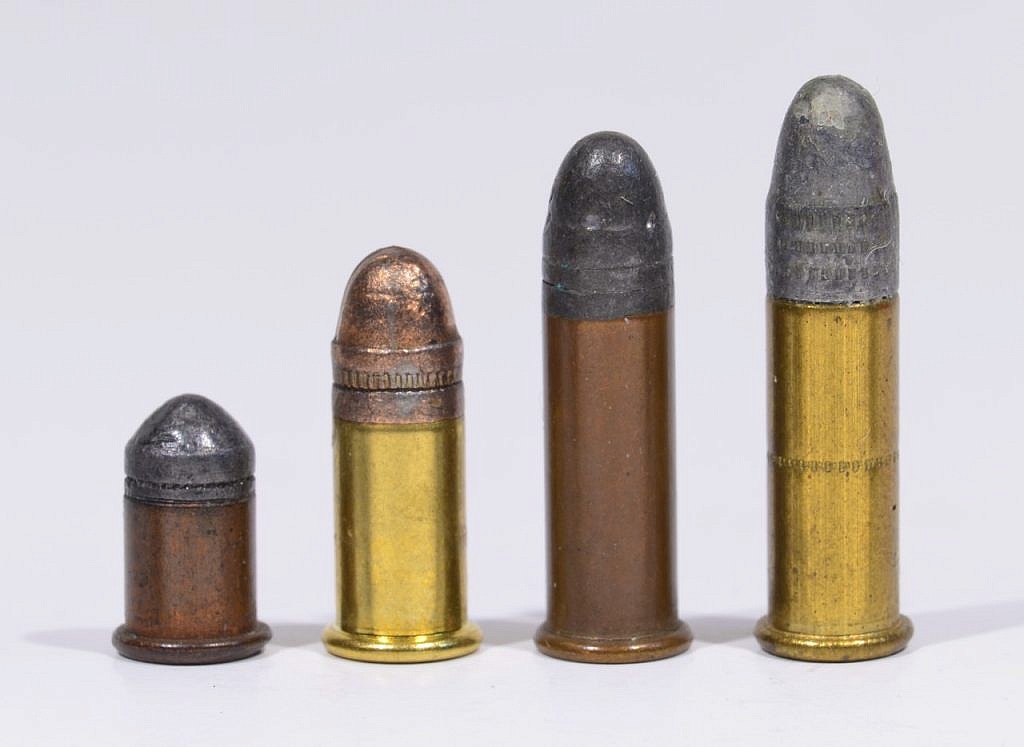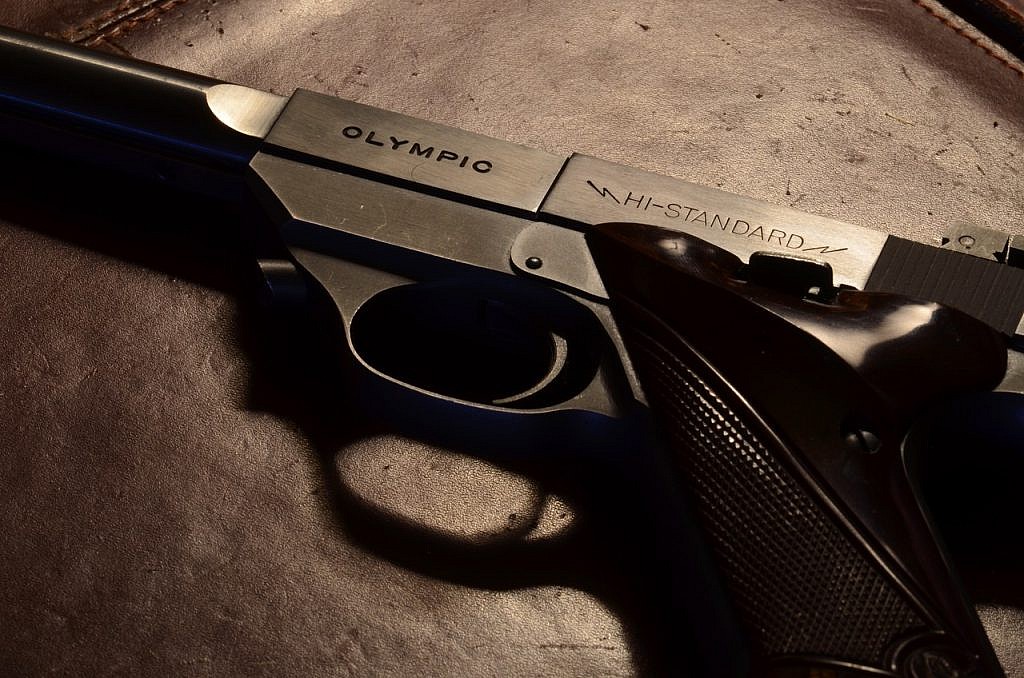
by Terry Wieland
Forgive me for once again disinterring my childhood to provide an example, but way back when, hiking two miles to the general store to buy .22s, I was faced with a choice: They had .22 Shorts, .22 Longs, and .22 Long Rifles with either round-nose or mushroom bullets.
Being a dedicated groundhog hunter, my 14-year old shoulders creaking under the responsibility of keeping almost 600 acres of farmland groundhog-free, of course I never considered anything but the .22 LR Mushroom — what the technocratically correct now call “hollow points.”
I learned early that, hunting groundhogs with a .22, equipped with the most rudimentary of open sights, you’d better be flinging mushroom bullets or you wouldn’t collect too many tails. And my three farmer-clients counted those tails before counting out the pennies to buy more cartridges.
At the time, I didn’t give a lot of thought to the various purposes for which the different .22s were intended, figuring there had to be some reason for them all. Later, I learned that some farmers, thrifty to a fault, liked the slightly cheaper .22 Shorts for shooting rats in henhouses, but the .22 Longs had no fans. Rarely found today, .22 Longs combine the powder capacity of the .22 Long Rifle with the 29-grain bullet of the .22 Short, but what earthly use this is, I have no idea.
The .22 Short, on the other hand, has a long and honorable history, a continuing record of usefulness, and displays what I can only call heretofore unsuspected virtues. It was the first American self-contained cartridge, introduced in 1857, preceded in Europe by Flobert’s .22 BB Cap in 1845. Essentially, it’s a percussion cap with a pinch of gunpowder and fitted with a tiny lead bullet.

Aside from rats in henhouses, the most common uses of the .22 Short for more than a century were ladies’ muff pistols and shooting galleries. It also became a favorite cartridge for indoor ranges, and some seriously nice target rifles and pistols were chambered for it. In fact, there is a quite lovely old Stevens Model 55 “Ladies” rifle in Rock Island’s premier auction in May. It’s marked “.22 S” which means you can’t shoot either the Long or Long Rifle in it.
This brings up a sticky question. After the .22 LR came along in 1887, most rifles were chambered for it, but they all said on the barrel that you could shoot “.22 S, L, LR” or words to that effect, since the only difference was length — just as you can shoot a .38 Special in a .357 Magnum. In recent years, many manufacturers have simply stamped “.22 Long Rifle” on the barrel, probably figuring that few people shoot Shorts any more, and even fewer shoot Longs, and anyone who does knows what you can and cannot do.
This has given rise to the view of some well-intentioned (if not well-informed) people, mostly found in gunshops on Saturday afternoons, that if the barrel does not have “S” stamped on it, then you cannot shoot .22 Shorts. Or, if you do, the chamber will get pitted in front of the case mouth and eventually the longer case of a .22 LR will be difficult to extract. If this has even a smidgen of truth to it, it’s news to me. I’m not saying it’s not possible. After all, it’s possible that little green men live on Mars, and I think the likelihood is about the same.
The most aristocratic use of the .22 Short today is in Olympic-style rapid-fire pistol shooting, and some of the best handgun makers in the world have made some fine pistols for the purpose. In the 1950s, High Standard decided to take a run at Olympic competition and began making an Olympic variation of their Supermatic. This continued through subsequent model changes — 102, 103, etc. — and they did win Olympic gold in 1960.
The guns had ported barrels with .22 Short chambers. Slides were light alloy in order to function with the modest recoil. At the same time, the short chamber prevented anyone shooting .22 LRs, which could damage the slide.
If you’re looking for a handgun that’s a lot of fun to shoot, and presents a challenge unlike anything else you’re likely to find in a target pistol, Olympic-style rapid-fire might intrigue you. Can you put five shots, into five different bullseyes, in four seconds, at 25 metres? I can’t. At least, not yet.
_____________________________________________________________________________________________________________
Every so often, Gray’s Shooting Editor Terry Wieland likes to shoot something that doesn’t require a 40-minute drive, then beat the heck out of him and drain the bank account. Is he getting old? Could be.
